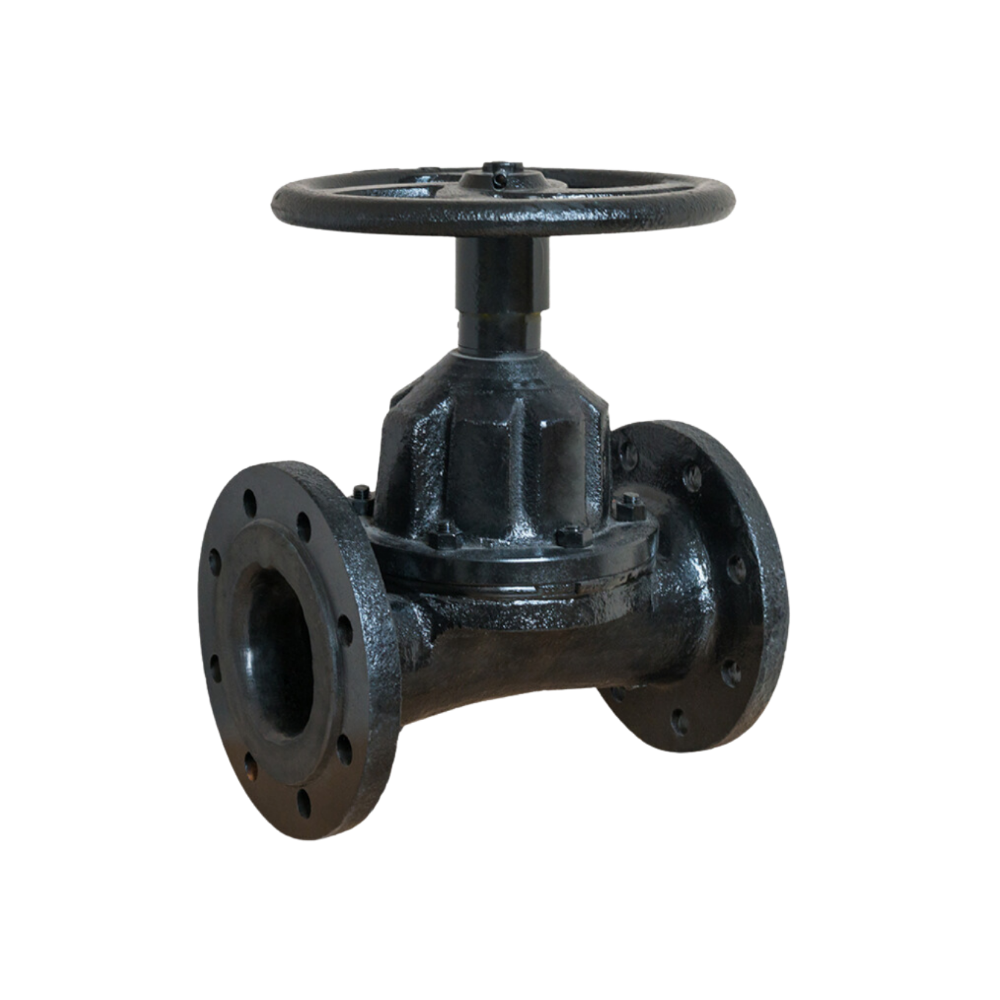

A gate valve isolates a portion of a water supply as necessary and actively regulates the flow of liquid by either beginning or halting it. Gate valves, also known as sluice valves, come in a variety of designs and are intended for specific applications in HVAC, industrial, and utility distribution pipeline systems. Let’s examine the functions of gate valves, the differences between the most common varieties, and the considerations that should be made when choosing a gate valve for a certain application.
What is a gate valve?
A gate valve is one kind of valve that’s utilized to regulate certain areas of a water supply system. It functions similarly to a gate that can be opened or closed to let liquid flow through it.
In order to let flow or prevent it, a wedge or gate on the valve travels up and down. An actuator, which may be manually driven or powered by electricity, pneumatics, or hydraulics, is attached to the stem of the valve and controls this movement. Gate valves come with two types of stems: non-rising stems, which remain stationary as the gate moves within the valve body, and rising stems, which move up and down the gate. The non-rising stem type is often used in subterranean applications and waterworks when there is a shortage of space.
Stop valves, line valves, wedge gate valves, and sluice valves are some other names for gate valves. It’s crucial to distinguish them from bigger equipment called sluice gates or penstocks, which regulate the flow of water and sewage in drainage systems and sewage treatment facilities.
Gate valve operation
Similar to other valves, a gate valve functions. By turning the hand wheel to raise or lower the gate on the stem via the threads, you may open or shut the valve. In contrast to some valves that may be completely opened or closed with just a quarter turn, a gate valve usually has to be fully opened or closed several 360° rounds.
The media may move freely between the intake and output when the gate is lifted, creating an open pathway. Media flow is stopped when the gate is lowered, closing the valve.
Due to the non-linear fluctuations in flow rate that gate valves’ design produces, especially close to complete closure, they are more suited for on/off control than for regulating flow. Because of the fast flow through partly open valves, this may result in more wear and tear on the gate and seat. Furthermore, there might be vibrations, which could reduce the valve’s longevity. Therefore, rather than modifying flow rates, gate valves work best when they are utilized to completely open or stop the flow of media.
What is a gate valve used for?
A common use for gate valves is the isolation of fire mains, wastewater, sewage systems, and water supplies during upkeep, repairs, or new installations.
Gate valves come in a variety of varieties designed for specific uses. Wedge gate valves, parallel gate valves, knife gate valves, and rising/non-rising stem gate valves are examples of common designs. Gate valves fall into a number of categories:
Selecting the appropriate kind relies on the particular use case. For example, because of their longevity, metal seat gate valves with a non-ferrous metal face are perfect for sewage and wastewater applications. Resilient seated gate valves work well for segregating clean, neutral fluids and water because of their rubber-encapsulated wedge. Conversely, knife gate valves work well with dry bulk materials and thick fluids.
Gate valves used in the waterworks sector often use non-rising stems, also referred to as inside screw stems, in which the stem remains within the valve body while the valve is in operation. Applications requiring less space and subterranean locations may benefit from this design.

What is a Pinch Valve? A pinch valve is a control valve that utilizes pressurized air to manage fluid flow. Pinch valves are also referred to as squeeze valves or clamp valves. It is a cost-effective option due to its simplicity and low friction, making it resistant to clogging. Pinch valves find applications in on/off […]

From delivering purified water in a pharmaceutical lab to controlling the flow of corrosive chemicals in an industrial facility, diaphragm valves play a vital role in ensuring efficiency and safety. Known for their durability, tight sealing, and ability to handle diverse fluids, these valves are indispensable in many industries. Whether it’s a clean environment or […]

In industries like pharmaceuticals, food processing, and water treatment, ensuring the smooth flow of liquids, gases, or slurries is crucial to maintaining system efficiency and safety. Diaphragm valves stand out in these fields for their reliability, precision, and ability to handle a variety of substances, from clean water to corrosive chemicals. While they provide several […]

Diaphragm valves may not always be in the spotlight, but their role in controlling fluid flow is vital across various industries. These valves are designed with a flexible diaphragm that regulates the flow of liquids, gases, and semi-solids. From pharmaceuticals to water treatment, diaphragm valves provide precise control, tight shut-offs, and efficient fluid management. In […]



